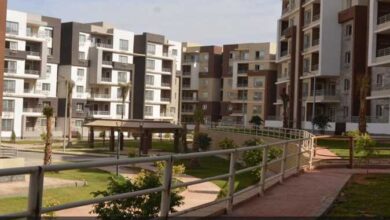
BADR CITY, Egypt, Aug 16 (Reuters) – Just outside a new capital in the desert east of Cairo, the Egyptian government has been racing to ready new homes for thousands of mid-level civil servants who are expected to move to the city.
Egypt turned to private developers to build pricier residential districts within the grandiose new capital, which is designed for more than six million people to live in over 168 square kilometres beyond Cairo’s outer reaches.
The city is the most prominent of a series of mega-projects and infrastructure schemes pursued by President Abdel Fattah al-Sisi, who has said that its opening planned for later this year would mark the birth of a new republic.
Though government ministries are largely complete, other areas of the new city and transport links are still under construction. Some Egyptians worry it will be inaccessible and unaffordable for them.
The government began building public housing in Badr City, close to the new capital’s borders, ahead of the arrival of the first civil servants, officials told reporters on a tour of the site on Monday.
On Saturday, Sisi inaugurated 9,024 housing units in the now-completed first phase. Another 4,704 units are under construction in a second phase.
“The housing is ready. Not just the housing, but also the infrastructure, the electricity, water, gas, telephones, internet,” Ammar Mandour, head of the Badr City Development Authority, told reporters.
The sprawling complex of public housing in Badr City is made up of uniform six-storey apartment blocs, with four apartments on each floor. Many were draped with banners the height of the buildings and bearing the photograph of the president.
“The decision to start transferring employees is sovereign and political. The moment the employees are transferred to the new capital, we are ready,” Mandour said.
The government late last year began building public housing within the capital itself, said Abdul Muttalib Mamdouh, deputy head of the state New Urban Communities Authority.
“We began with 100,000 units. If we multiply that by four people in a family, that means today we have housing for 400,000 people,” he said, adding that delivery of the first units would start in December.




